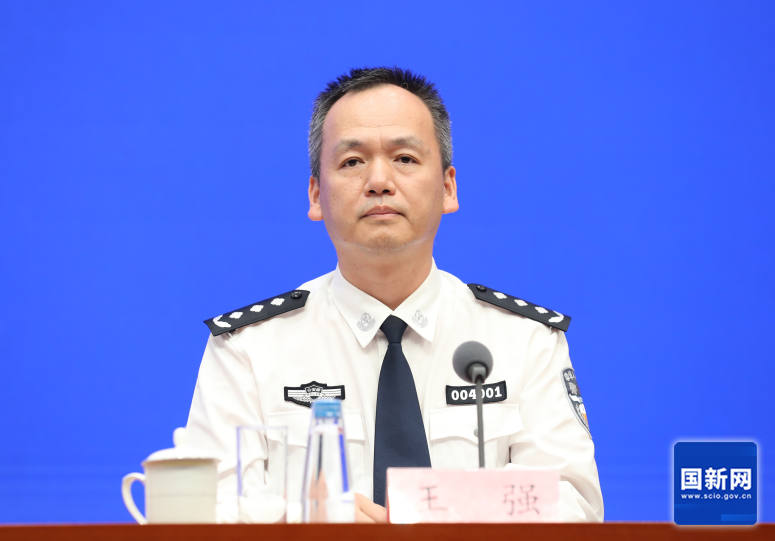On July 23, the State Council Information Office held a press conference on the theme of 'High-Quality Completion of the 14th Five-Year Plan'. In response to questions regarding intelligent automobile technology, Wang Qiang, director of the Traffic Management Bureau of the Ministry of Public Security, stated that currently, the 'smart driving' systems installed in vehicles sold in China do not possess true 'autonomous driving' capabilities and remain at the level of driver assistance. Human drivers are still required to control the vehicle, and they bear the ultimate responsibility. Wang emphasized that if a driver takes their hands off the wheel and eyes off the road—commonly referred to as 'hands-off' and 'eyes-off'—by looking at their phone or even dozing off, they not only create severe traffic safety risks but may also face civil liability, administrative penalties, and criminal accountability in the event of an accident. To further strengthen regulatory management, public security authorities will work with relevant departments in three areas: First, enhancing vehicle manufacturer management. They will actively cooperate with industry regulators such as the Ministry of Industry and Information Technology to urge car manufacturers to fulfill their primary responsibilities, thoroughly conduct tests and validations of their driver assistance systems, clarify the boundaries of system functions and safety responses, strictly comply with the Advertising Law of the People's Republic of China, and eliminate exaggerated and false advertising; manufacturers must also fulfill their obligation to inform users and strengthen training for new users to help them understand how to use and what to avoid with the vehicle's driver assistance features, thereby ensuring product consistency and safety. Second, strengthening legal frameworks. They will work with relevant departments to refine the Road Traffic Safety Law and associated regulations, clarifying the legal attributes of Level 0 to Level 2 driver assistance systems as 'human-machine co-driving', while pushing intelligent connected vehicle manufacturers to enhance the reliability of their driver assistance technologies, establish relevant safety technical standards, and explore integrating autonomous driving classification standards and operational guidelines for driver assistance into driver education and testing. Third, enhancing public awareness and reminders. Drivers remain the primary responsible parties for road safety. The authorities hope to employ various forms of public awareness campaigns to help drivers understand that current driver assistance does not equate to autonomous driving. When purchasing and using vehicles, drivers should fully comprehend the functionalities of the driver assistance systems, how to activate and deactivate them, and be aware of the technical boundaries of these systems. Failure to maintain proper attention while driving may lead to significant safety hazards and legal risks.
China's Traffic Management Bureau Addresses Autonomous Driving Misconceptions

Share this post on: